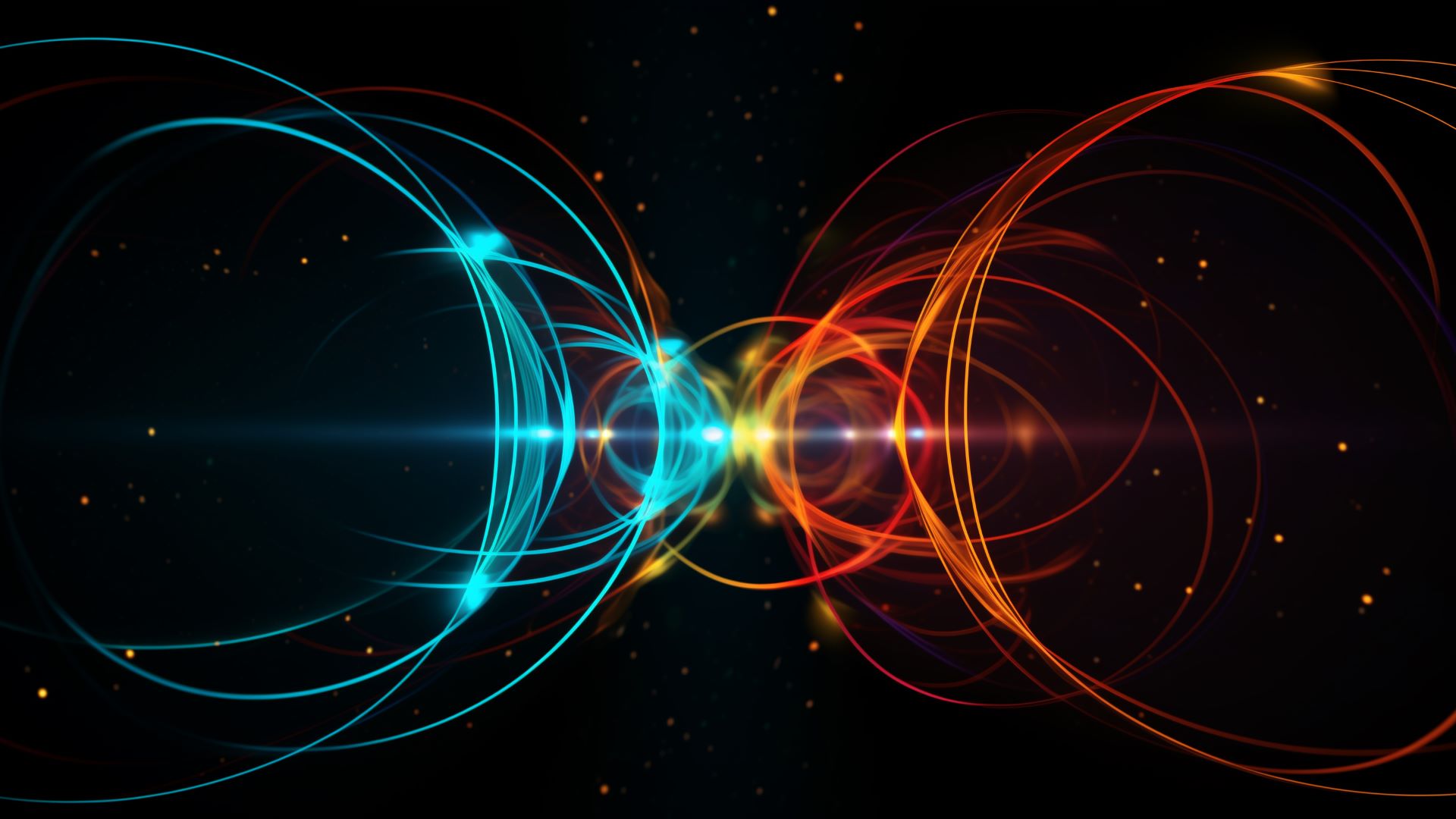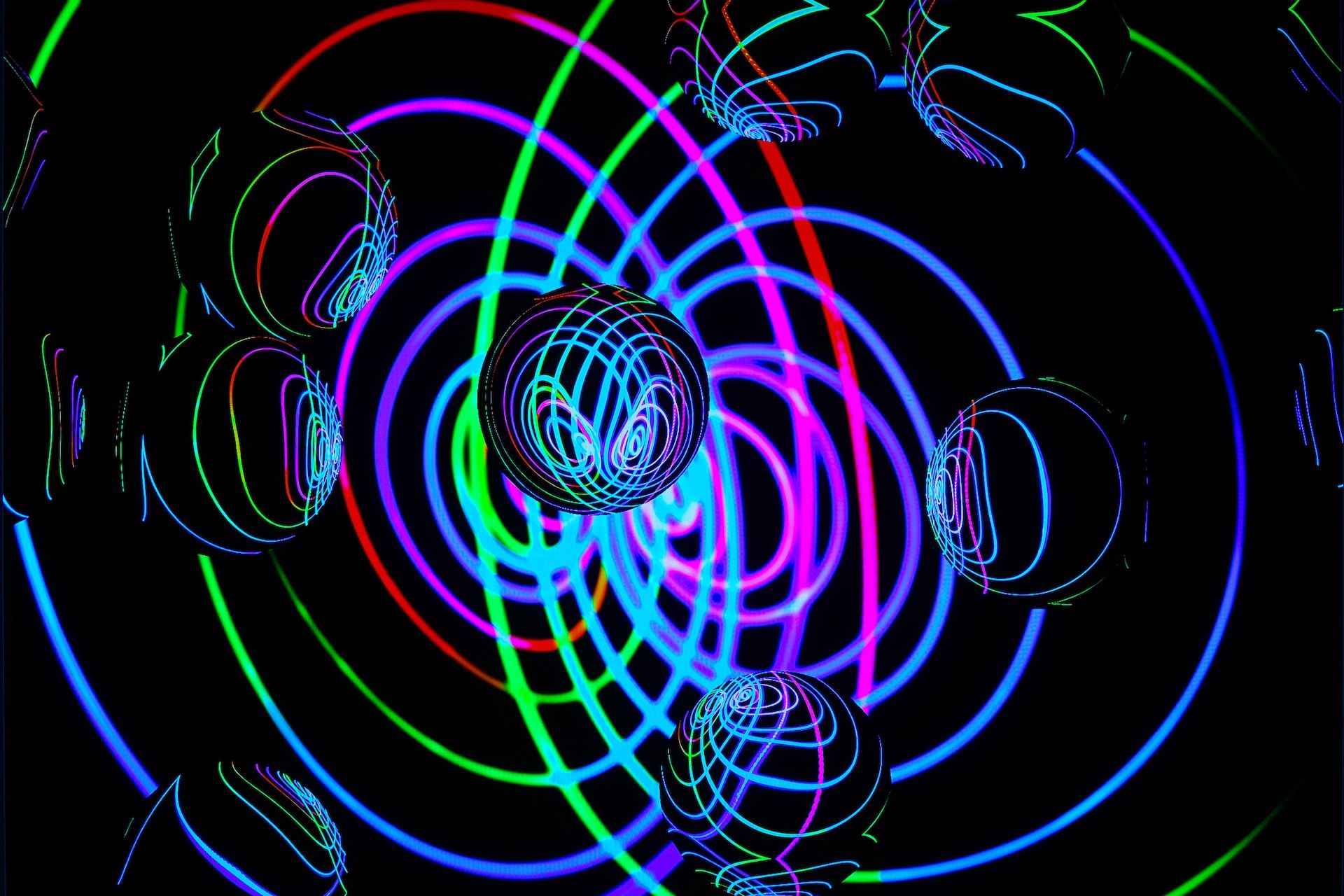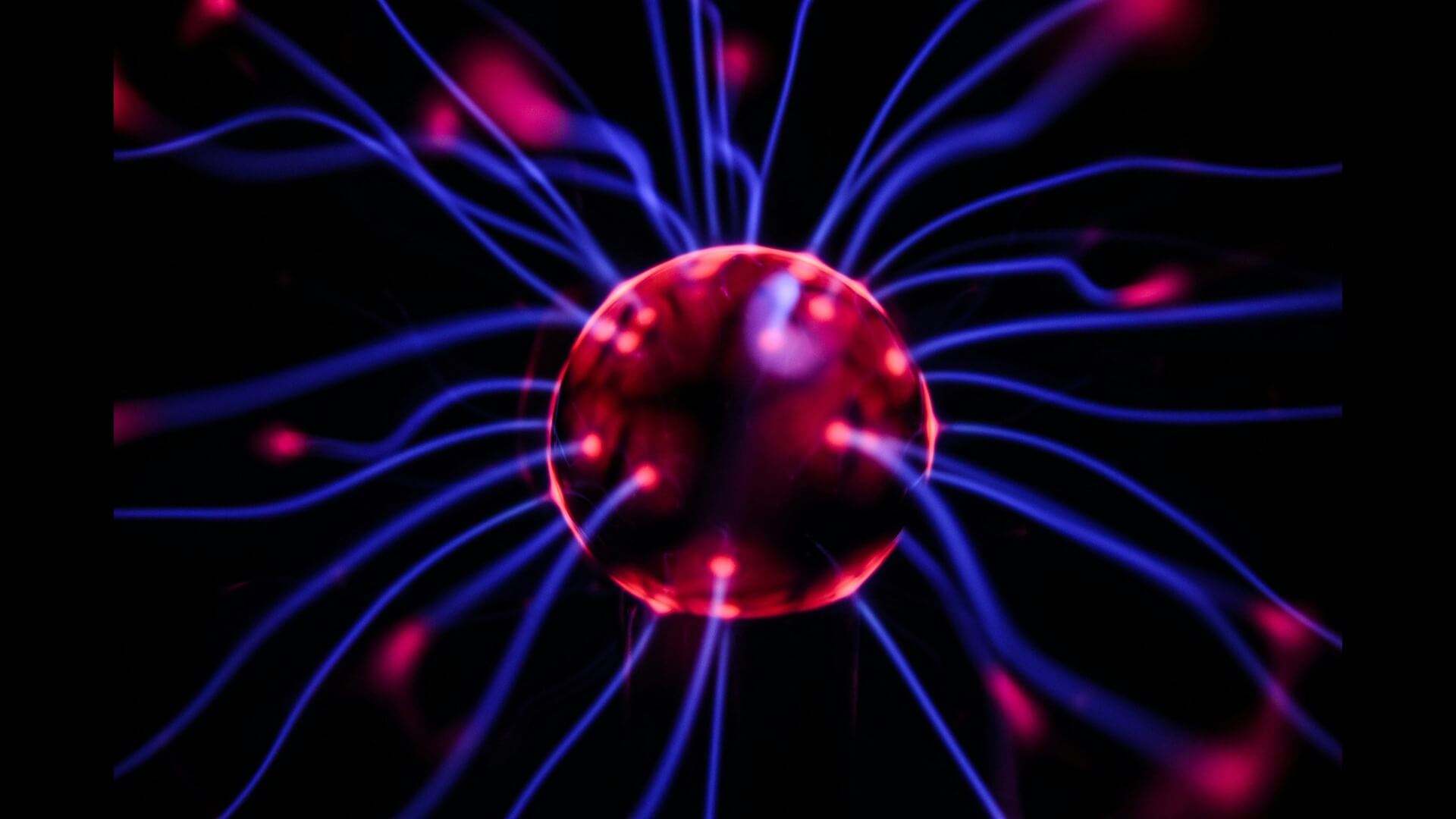
Quantum Entanglement Explained (And Why It Matters)
October 12, 2023 - Emily Newton
Revolutionized is reader-supported. When you buy through links on our site, we may earn an affiliate commission. Learn more here.
How is quantum entanglement explained by theories of quantum mechanics? Why is it so important for quantum computing?
Quantum entanglement is one of many complex concepts in quantum physics. In 2022, a trio of scientists won the Nobel Prize in Physics for making a few key breakthroughs in quantum entanglement research. What they discovered is vital for understanding entanglement, why it matters and how it’s related to the next generation of supercomputers.
Basic Quantum Entanglement Explained
Quantum entanglement happens when two particles, like a pair of electrons or photons, become permanently tied together on a subatomic level. They are so closely linked that their influence on each other will continue no matter how far apart they are. They even share quantum states.
A quantum state can describe various properties of a single particle or object, such as its charge, location or velocity. When two particles are entangled, they have a pair of opposite quantum states that can be assigned to either particle. Until someone measures the state of one particle, both particles could be in either state. Once the state of one particle is measured, though, the state of the other particle is instantly determined, as well.
A famous illustration of quantum entanglement is “Bertlmann’s Socks”, as described by physicist John Stewart Bell in a 1980 article on the topic.
To give a very basic example, imagine two identical but differently colored pens that are entangled. They can either have the “blue ink” state or the “red ink” state. In quantum entanglement, these two pens will always have opposite states, no matter where they are or when someone uncaps one to see its ink color.
So, a scientist on Earth might have one of the pens while a scientist on Mars has the other. Neither knows what color their pen is, only that they are opposite. Until one scientist checks the color of their pen’s ink, they could theoretically have either the blue or red pen.
The moment the scientist on Earth discovers they have the red ink pen, the entangled pen on Mars instantly acquires the “blue ink” state, regardless of any time difference between Earth and Mars.
Conflicting Theories of Quantum Entanglement
Over the years, physicists have developed numerous theories about how they thought quantum entanglement explained quantum physics or classical physics or neither. The problem is, entanglement creates big issues with classical ideas of how physics and nature itself work.
As a result, scientists don’t all agree on how quantum entanglement works or what exactly it is. It’s generally agreed that entanglement exists, but the big question is how the states of two entangled particles are determined. There are two main theories to explain this: superdeterminism and quantum superposition.
Superdeterminism and Local Realism
For many years, most physicists agreed quantum entanglement must have some “hidden variable” at play that determines the ultimate states of two entangled particles. In fact, Einstein himself fell into this camp, although he was unsure what this “hidden variable” might be. He once called it “spooky action at distance”, a now-famous description.
The “hidden variable” theory has to do with something known as superdeterminism. This is the idea that the states of the two particles are actually predetermined from the start. We simply don’t know them until we observe them.
Superdeterminism evolved out of the idea of local realism, which states that particles always have a definite state (realism) and that state can only be changed by particles’ local environment (locality).
The idea that two entangled particles could theoretically communicate with one another faster than the speed of light and influence each other from across the universe directly conflicts with local realism.
That’s why Einstein and many other physicists assumed entangled particles must have predetermined states influenced by some unknown “hidden variable”. It’s the only way for quantum entanglement to make sense with locality and realism.
The Bell Inequality and Clauser’s Experiment
The wide acceptance of superdeterminism began to change in 1972 when a physicist named John Clauser conducted a series of experiments with entangled photons.
Clauser fired photons of light through polarized filters, which filtered out light of different wavelengths. By turning the filters to adjust how the photons were polarized, Clauser was able to observe quantum entanglement. Specifically, he observed the behavior of separated, entangled pairs of particles.
Clauser was experimenting with a theory known as the Bell Inequality, first postulated by the late physicist John Stewart Bell in 1964. Bell’s Inequality basically states that if someone measures the states of two entangled particles independently, the frequency of matching measurements will either prove or disprove the existence of a “hidden variable” controlling their states.
Clauser was the first person to actually test Bell’s theory. His results showed that there isn’t proof of a hidden variable, so quantum entanglement is not confined by local realism. That might sound like a bad thing, but it actually agrees with theories of quantum mechanics at large. It also makes quantum computing possible.
Quantum Superposition
So, what exactly did John Clauser prove? How is quantum entanglement explained by his experiment? If the states of entangled particles are not predetermined, what determines them?
This is where a concept known as superposition comes in. Superposition is when a particle, like an electron or photon, is in multiple states at once. The two entangled particles are simultaneously in the same and opposite states.
When we measure the state of one particle, we instantly know the state of the other particle because they can’t match. So, the entangled particles have indeterminate states until we measure one of them and force both particles out of superposition.
This means that the two particles can somehow instantaneously communicate with each other, regardless of the distance between them. Somehow, they can communicate faster than the speed of light, which Einstein thought was impossible.
Another aspect of quantum superposition is quantum teleportation. This is the idea that a quantum state can be transferred between two entangled particles instantaneously through a third entangled particle. One of 2022’s winners for the Nobel Prize in Physics, Anton Zeilinger, proved quantum teleportation is possible in a 1997 research project.
Schrödinger’s Cat
A famous example of superposition in quantum states is Schrödinger’s cat. In this fictional scenario, there’s a cat in a box. The cat could potentially be poisoned and dead or be alive. There’s no way to know whether it’s dead or alive until someone opens the box to find out. Until then, the cat is theoretically dead and alive at once.
Physicist Edwin Schrödinger used this rather morbid scenario to illustrate how quantum states are unknown until measured. A pair of entangled electrons could theoretically both have up or down spin as long as they are in superposition.
Only when we measure them do the electrons actually determine which has up spin and which has down spin. Measuring the state of one entangled electron instantly “updates” the state of the other. This is due to conservation of momentum or, in the case of electron spin, angular momentum.
When a pair of entangled electrons split, they must be sent spinning in opposite directions in order to conserve momentum. So, while they could theoretically have either upward or downward spin while in superposition, their measured states must be opposite.
That’s why we now know entangled particles must somehow be able to communicate or influence each other instantaneously. Scientists know a “hidden variable” is not predetermining the particles’ states. They also know the two states must be opposite when measured. The only way for that to be possible is for the measuring of one particle to instantaneously determine the state of the other particle.
Quantum Entanglement and Quantum Computing
Figuring out how quantum entanglement works isn’t just a philosophical debate. It’s crucial for the success of quantum computing, the next era of computing technology. Quantum computers rely on entanglement in order to function. Without it, the whole idea of quantum computing falls apart.
Quantum computers essentially use entangled particles to rapidly make computations. Without superposition and quantum teleportation, they simply don’t work. That’s why it’s so important that Clauser, Aspect and Zeilinger’s experiments in quantum entanglement explained that quantum states aren’t predetermined.
The work of these three physicists has paved the way for huge potential progress in quantum computing. In a quantum computer, entangled particles are kept in a state of superposition where they constantly exist in many states at once. The computer can use these entangled pairs to rapidly make many calculations before finally measuring the particles and determining their states.
Quantum teleportation allows quantum computers to transfer information through quantum states faster than the speed of light. It’s incredibly secure, too, since no one can intercept that quantum transfer of information or alter it.
It’s worth noting that while this is important for quantum computing, it doesn’t mean that actual communication faster than the speed of light is possible. This is because entangled particles can still be in either state. While their state isn’t exactly random, it’s not controllable enough to allow communication like a conversation over the phone.
Why Quantum Entanglement Matters
A few exciting experiments in quantum entanglement explained how it works, but why does it matter? It’s the key to quantum computing, but why should the average person care about billion-dollar quantum supercomputers? Well, much like silicon semiconductor computers, quantum supercomputers are just the first generation of a whole new era of computing technology.
It may take decades, but it’s possible that one day everyone will be using quantum computers. They will be faster, more powerful, more efficient and more secure than any computers we have today. Quantum physics might sound abstract and complex, but it’s also a vital part of the inner workings of the universe and impacts our daily lives.
Revolutionized is reader-supported. When you buy through links on our site, we may earn an affiliate commission. Learn more here.
Author
Emily Newton
Emily Newton is a technology and industrial journalist and the Editor in Chief of Revolutionized. She manages the sites publishing schedule, SEO optimization and content strategy. Emily enjoys writing and researching articles about how technology is changing every industry. When she isn't working, Emily enjoys playing video games or curling up with a good book.







